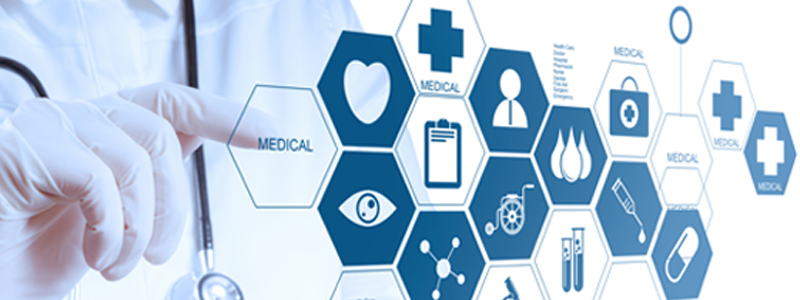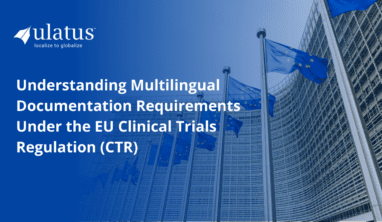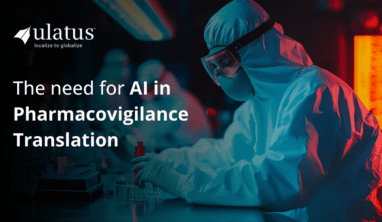For a translator who embarks on the journey of medical translation, there are a few obstacles that need to be taken into account when delivering accurate translations. As with all types of translation, adequate background research and knowledge is needed, and this can easily be obtained consulting reliable websites and medical journals. Nevertheless, there are issues specific to medical translation and understanding them can be crucial for the patient and bring rewarding high quality results.
Target Audience
Medical terminology presents challenges that are different from other specialized domains of translation. First, it is important for the medical translator to carefully determine his or her target audience. For example, the Italian term “Varicella” should not be translated into the English “Varicella” if the target audience is a layperson (i.e., a patient). The correct term is “Chickenpox.” If you are translating into English, it is important to know whether your audience adopts British or American medical terms. Sometimes it is just a matter of spelling (i.e., “hematoma Consistent Terminology s” in the US vs. “haematomas” in the UK); in other instances though, the meaning of the same term is completely different between British and American English. For instance, the term “surgery”, which in the US means a place where you get cut open and performed an operation, in the UK means a doctor’s office, as well as their opening hours.
Drug Names and Euphemisms
Drug names need to be given special attention, and a distinction should be drawn between drug names and the so-called International Nonproprietary Name (INN). The INN is a unique name designated by the World Health Organization (WHO) to a pharmaceutical substance, and it differs from the drug name. For example, when translating Tylenol into Italian, it would help the end receiver to know the INN to be able to identify the equivalent drug used in Italy. Tylenol is a brand name for the INN Paracetamol, and having this information would help the medical translator to accurately translate Tylenol into “Tachipirina.” Lastly, euphemisms are also common in medical translation. For instance, doctors sometimes talk about delicate and unpleasant topics using euphemisms like “to expire” or “critically ill,” for somebody who is going to die and has no hope of recovery. It is important that the medical translator catches the nuances in order to deliver and accurate and true translation.
Medical Device Translation
One of the biggest challenges when translating specific content for a medical device is providing the adequate material and training to the linguist, so that he could gain a deep understanding of the products they are working on and deliver an accurate translation. It is important that both clients and linguists invest time in sharing product knowledge and learning about it. This might seem time consuming, especially on the client side, but there are enormously benefits in terms of linguistic quality if the linguist understands all the intricacies of what he or she is translating. Physical exposure to a product could also be extremely beneficial, and a client site tour would give a translator valuable experience and help him understand the assembly line and see how the products being created first hand.
Conclusion
Medical translation presents a few obstacles that are specific to the medical field, and need to be taken into account in order to deliver accuracy, which is of vital importance when dealing with people’s lives and health conditions. Background research and deep knowledge of the medical field are essential for any medical translator in the making.
This article is written by a professional writer, Ilaria Ghelardoni, associated with Ulatus.






Share your thoughts